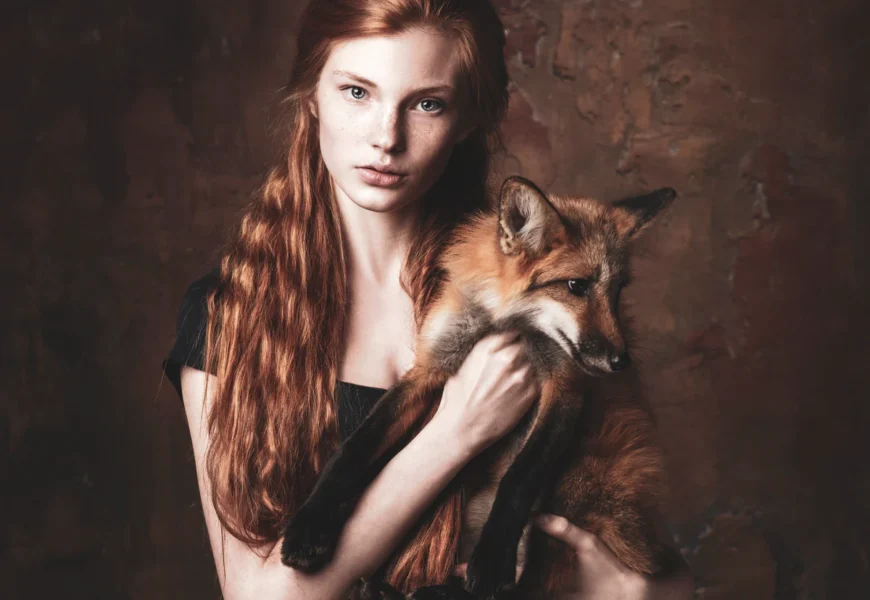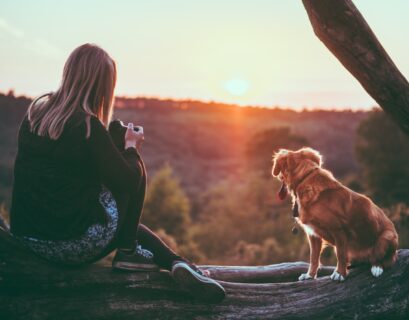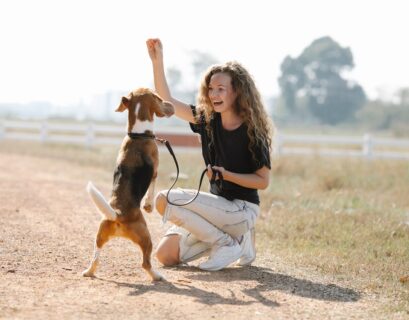“In a world where the mystical meets the mundane, where ancient beliefs coexist with modern spirituality, the intriguing realm of spirit animals and familiars beckons us. Are they your guiding light in the darkness or the enigmatic companions of your magical journey? Join us in exploring the captivating world of ‘Understanding the Role of Spirit Animals vs. Familiars’ as we uncover the secrets that connect these ethereal beings to the human soul.”
Key Takeaways:
- Spirit animals and familiars have deep cultural and historical significance.
- Spirit animals offer guidance and wisdom, while familiars are magical companions.
- Belief in spirit animals remains relevant today for self-discovery.
- Different cultures have their own “King” or most powerful spirit animals.
- Discovering your “King” spirit animal is a personal journey.
- Familiars have roles in magical and witchcraft practices.
- Misconceptions exist due to pop culture and misunderstandings.
- Beliefs in these concepts evolve with changing perspectives.
- The mystery and fascination endure across cultures and time.
In a world where ancient wisdom dances alongside contemporary beliefs, a realm is mystical and intriguing—the world of spirit animals and familiars. These ethereal companions have long fascinated humanity, playing profound roles in our spiritual and magical practices. In this journey, we aim to untangle the enigma, exploring the nuances of “Understanding the Role of Spirit Animals vs. Familiars.”
Definition of Spirit Animals
Spirit animals, often described as guides and protectors, hold a unique place in various cultures worldwide. They are more than symbols; they embody traits, lessons, and cosmic connections. From the majestic eagle soaring above to the silent strength of the wolf in the forest, these animals have been intertwined with our human narrative for centuries.
Explanation of Familiars
In this mystical tapestry, familiars emerge as distinct companions, closely linked to the world of magic and witchcraft. They are not merely symbols or guides but active participants in the arcane, serving as conduits for spells, guardians of secrets, and companions to practitioners. The concept of familiars takes us beyond the realm of symbolism into the tangible and the mysterious.
The Significance of These Concepts in Different Cultures
As we embark on this exploration, we find that belief in spirit animals and familiars is far from monolithic. Instead, it’s a dazzling kaleidoscope of perspectives shaped by the rich tapestries of diverse cultures. From Native American traditions honoring the bear’s wisdom to African reverence for the leopard’s grace, the significance of these concepts varies profoundly across the globe.
Belief in Spirit Animals: Unveiling the Wisdom of the Ages
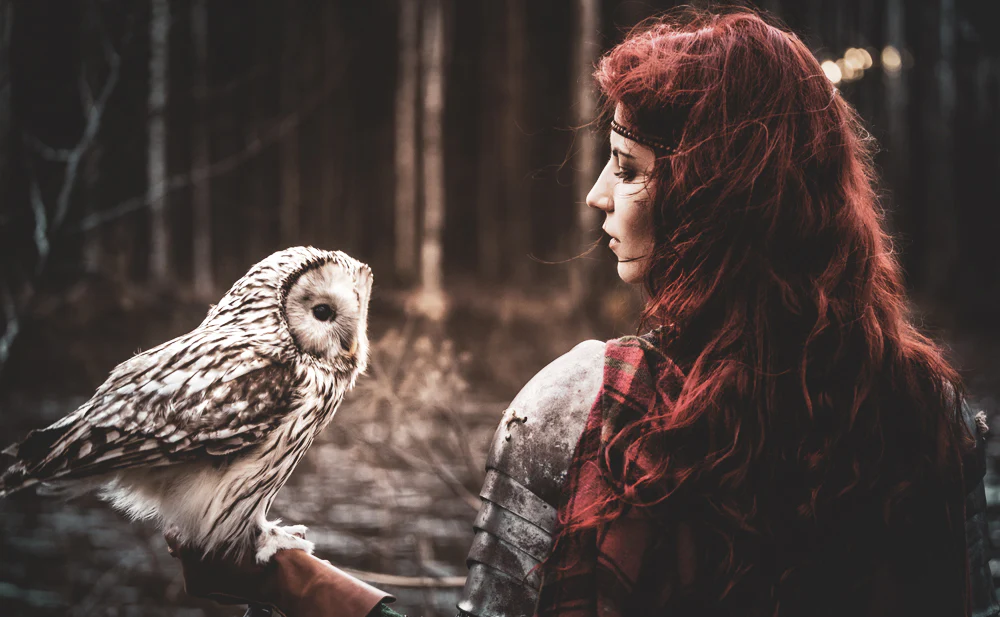
For millennia, the belief in spirit animals has woven its way through the tapestry of human spirituality, offering guidance, solace, and profound connection. In this journey through time and culture, we’ll delve into the historical roots, cultural variations, and modern interpretations of this captivating belief.
Historical Roots of Belief
The belief in spirit animals finds its genesis in the very dawn of human civilization. Across continents, from the ancient Americas to the heart of Africa, our ancestors looked to the natural world for inspiration and guidance. The first whispers of this belief took form in the midst of untamed landscapes and wild creatures.
In indigenous cultures, spirit animals were not mere symbols but revered as sacred guides. The majestic eagle soared as a symbol of courage among Native American tribes, while the wolf embodied wisdom and strength. These animals were seen as intermediaries between earthly and divine realms, offering valuable insights and teachings.
In the shamanic traditions of Siberia, the reindeer played a pivotal role. Shamans believed they could transform into these creatures to traverse the spirit world. This deep connection to the animal kingdom shaped their rituals and beliefs.
Cultural Variations in Belief
What makes the belief in spirit animals all the more captivating is its kaleidoscope of interpretations across cultures. Each society painted its unique strokes on the canvas of this belief, infusing it with their distinct worldviews and values.
In African cultures, the leopard symbolizes both grace and ferocity. This duality represented the complexity of life and the need for balance. In contrast, the Chinese culture saw the dragon as a potent symbol of imperial authority and strength, often associated with emperors.
This diversity extends to the Australian Aboriginal Dreamtime, where the kangaroo embodies agility and survival, and Norse mythology, where the raven signifies wisdom and foresight. The variations are as vast as the landscapes they originated from, showcasing the universal allure of this belief system.
Modern Interpretations and Practices
In today’s world, the belief in spirit animals has remained intact. Rather, it has evolved to meet the needs of modern seekers of wisdom and self-discovery. Contemporary interpretations draw from ancient roots while adapting to the pace of life in the 21st century.
Modern spiritualists often use meditation, dream analysis, and symbolism to connect with their spirit animals. Guided by intuition, individuals seek to decipher the messages and lessons these creatures offer. The spirit animal, once an elusive concept, now becomes a personal companion on the journey of self-awareness.
In psychology, the concept of spirit animals has found a place in Jungian archetypes, symbolizing aspects of the unconscious mind. This intersection of ancient belief and modern psychology highlights the enduring relevance and adaptability of the concept.
Familiars: More Than Just Spirit Animals
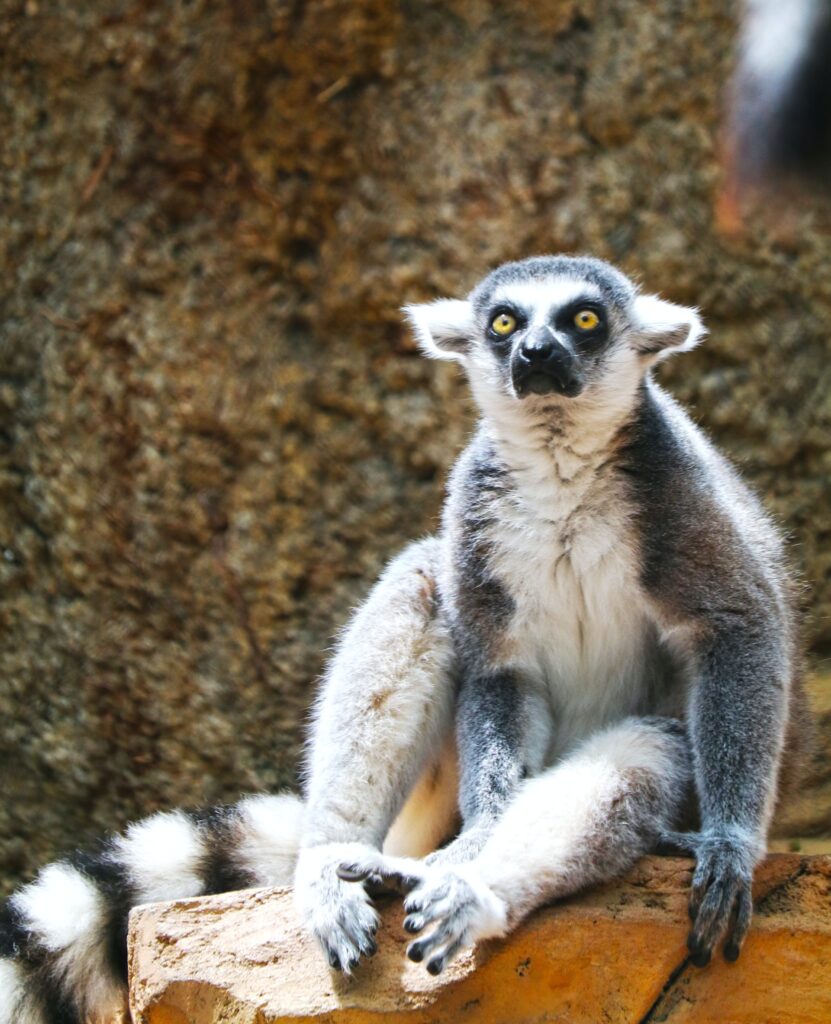
In the mystical realm of magic and witchcraft, the concept of familiars emerges as a fascinating and multifaceted phenomenon. Often misunderstood or misrepresented, familiars are far more than mere spirit animals; they are companions, confidants, and catalysts of the arcane. In this exploration, we’ll uncover what familiars are in folklore and contemporary practice, delve into the intricate relationship between witches and their familiars, and discover the diverse forms these mystical allies take across different cultures.
What Familiars Are in Folklore and Contemporary Practice
Familiars have a rich history rooted in folklore, where they were often depicted as animal companions that assisted witches and cunning folk in their magical endeavors. These creatures were believed to possess unique powers, serving as protectors, messengers, and even sources of magical knowledge.
In European witch trials of the Middle Ages, familiars were frequently cited as evidence of witchcraft. Cats, toads, owls, and other animals were accused of being witches’ familiars, leading to the persecution and execution of humans and animals. These dark associations have left an indelible mark on the concept of familiars.
However, in contemporary practice, the role of familiars has evolved. Modern witches and practitioners often view familiars as spiritual partners rather than mere tools. Familiars are believed to share a deep psychic bond with their human counterparts, offering support, insight, and protection in magical workings.
The Relationship Between Witches and Familiars
The bond between witches and their families is a topic of enduring fascination. In traditional witchcraft, it was believed that the witch chose familiars or that they came to the witch of their own accord. This partnership was seen as a mutually beneficial arrangement, with the familiar aiding the witch in spellwork and receiving protection and nourishment.
In contemporary witchcraft, the relationship between witches and familiars is based on mutual respect and consent. Witches do not coerce or control their families but rather work collaboratively with them. Familiars are seen as guides, mentors, and companions on the spiritual journey.
The Diversity of Familiars in Different Cultures
While the classic image of a witch’s familiar might be a black cat, familiars take on a striking array of forms across different cultures. In Japan, the kitsune, a fox spirit, is considered familiar and associated with shape-shifting and cunning. In some African cultures, the hyena is viewed as a magical ally, symbolizing darkness and transformation.
In the Americas, indigenous beliefs have their interpretations of familiars. Among the Navajo, the Yei spirit can serve as a protector and guide, while in South American shamanic traditions, the jaguar embodies power and vision. These diverse familiars showcase the universal nature of the human desire for mystical connection.
The Distinct Roles of Spirit Animals and Familiars: Navigating the Mystical Realm
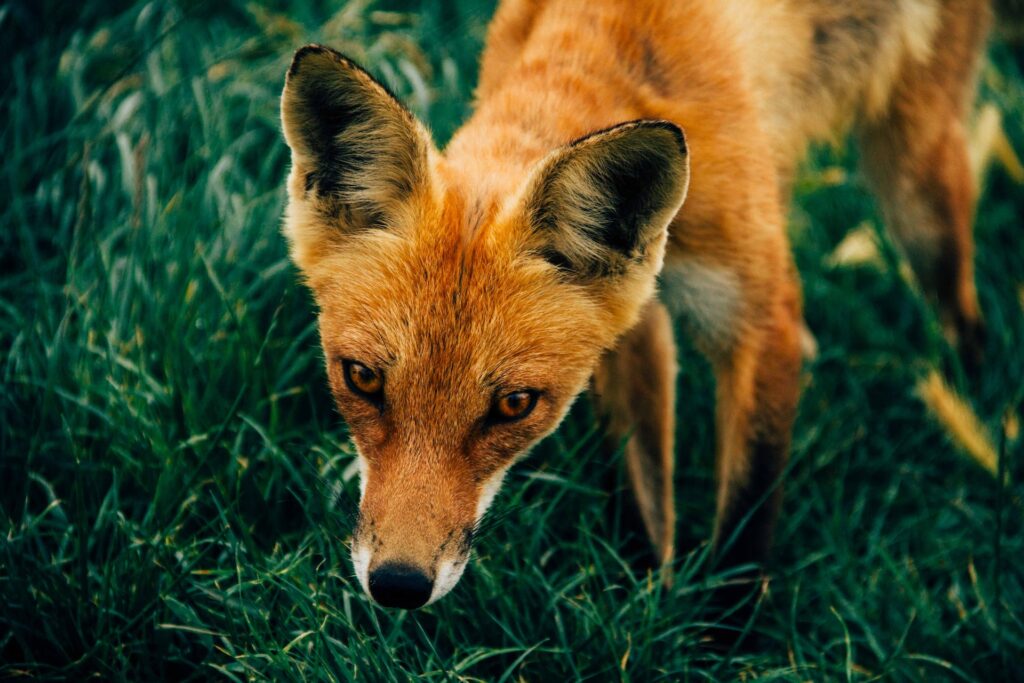
In spirituality and magic, two enigmatic companions stand apart, each with its unique role and purpose: spirit animals and familiars. While these entities may share some similarities, their distinct roles in spiritual and magical practices are essential to unravel. In this exploration, we will embark on a journey to clarify the roles of spirit animals and familiars, understand how they complement or contrast with each other, and hear the personal experiences and testimonies that shed light on their significance.
Clarifying the Roles of Each in Spiritual and Magical Practices
Spirit Animals: Guides and Guardians
Spirit animals, often associated with spirituality, serve as guides and guardians. They are believed to offer profound insights, protection, and wisdom to those seeking guidance. The connection between an individual and their spirit animal is deeply personal, often discovered through meditation, dreams, or intuitive feelings.
Spirit animals are seen as messengers from the spirit world, offering lessons and guidance in times of need. For example, the hawk may symbolize clarity and vision, urging individuals to see situations from a higher perspective, while the bear may represent strength and introspection.
Familiars: The Magical Companions
In contrast, familiars have a distinct role in magic and witchcraft. They are considered active participants in magical rituals and spellwork. Witches and practitioners often form a psychic bond with their familiars, who act as conduits for energy and assistance in their magical endeavors.
Familiars are seen as companions and confidants, assisting in the execution of spells, divination, and other magical practices. Unlike spirit animals, familiars are not typically viewed as guides or messengers but as allies in the practical application of magic.
How They Complement or Contrast with Each Other
While spirit animals and familiars have different roles, they can coexist and complement one another in spiritual and magical journeys. Some individuals may have a spirit animal and a familiar, each serving a distinct purpose.
For example, a witch may work with a cat familiar with her magical practices, drawing upon the cat’s intuition and connection to the spirit world. Simultaneously, she may also have a spirit animal, such as the wolf, that guides her personal life and spiritual development. These dual companions can enrich the practitioner’s experience, offering practical assistance and spiritual insights.
Personal Experiences and Testimonies
It’s valuable to explore personal experiences and testimonies from those who have walked these mystical paths to gain a deeper understanding of the roles of spirit animals and familiars. Many individuals have shared profound encounters with their spirit animals, recounting moments of clarity, protection, and transformation.
Likewise, witches and magicians have shared their stories of working closely with familiars, describing the deep bond and trust that develops over time. These personal narratives offer glimpses into these entities’ practical and spiritual significance.
Conclusion
As we go deeper into the mysterious world of spirit animals, we come across evidence of the continuing strength of long-held beliefs, the depth of human civilization, and the never-ending search for an understanding of where we fit into the greater cosmos. Stay here with us as we continue our investigation to unravel the mystery surrounding these holy guardians.
When we travel through the realm of familiars, we come upon a complicated web of history, belief, and practice. These enchanted companions never fail to awe and fascinate us, prodding us to investigate the lines that divide the every day from the extraordinary and the visible from the invisible. Join us as we move on to the following section, where we will discuss the unique functions that spirit animals and familiars play in spirituality and magic.
To wrap things up, the functions of familiars and spirit animals in spiritual and magical activities are as varied as they are intriguing. They each contribute their distinctive flavor to the mystical fabric of human experience, whether they act as guides from the spirit realm or as magical companions in casting spells. This is true regardless of the role they play. The intimate anecdotes and first-hand accounts of those who have accepted these companions provide light on their significant influence on our lives, connecting us to the remarkable and unseen aspects of the world.

